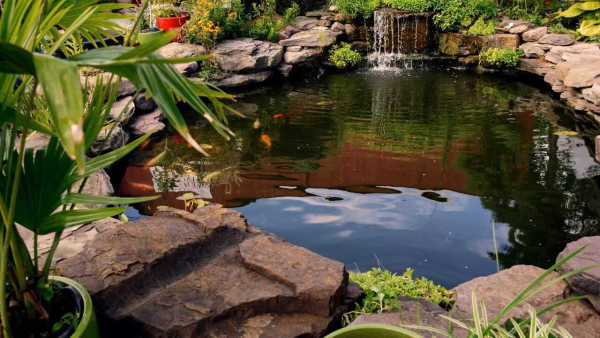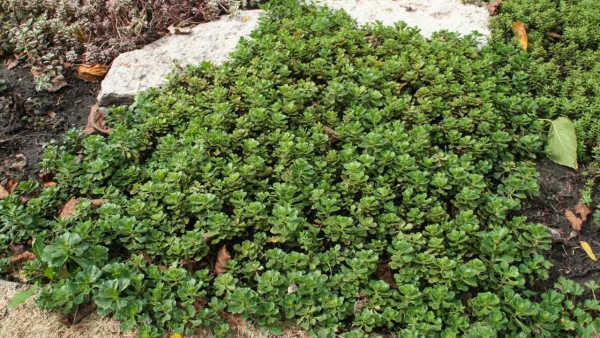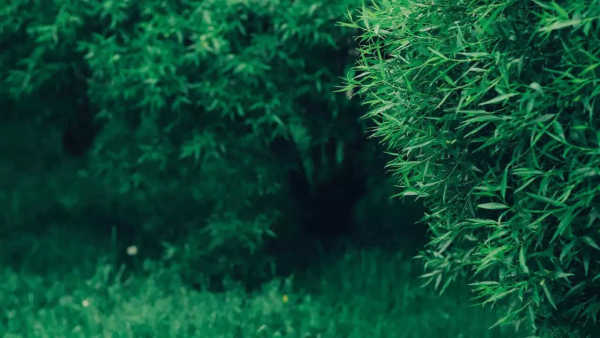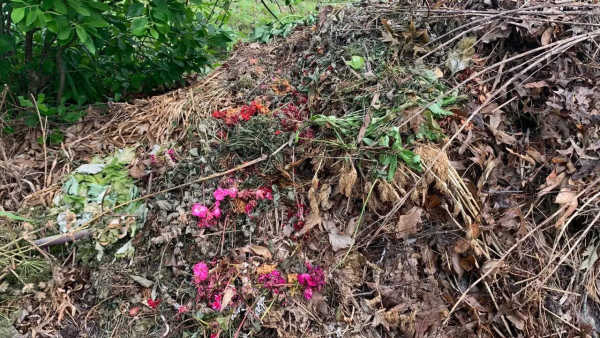
Snakes are fascinating yet feared creatures, capable of moving silently and hiding in the most unexpected places. Many homeowners are unaware that certain features around their property can inadvertently attract these reptiles, increasing the risk of surprise encounters. From water bodies and dense plants to leaf piles and even fragrant flowers, seemingly harmless elements can create an ideal environment for snakes to hunt, hide, and thrive. Being aware of these common attractants is the first step toward prevention. By identifying and managing these risk factors, you can make your home and garden safer while coexisting with nature responsibly.
Household factors that make snakes come near your home
Water bodies

Small ponds, fountains, or water features in gardens may seem aesthetically pleasing, but they can inadvertently draw snakes. These areas attract frogs, insects, and other small creatures that form the primary diet of many snake species. Additionally, water-loving plants such as lotus and lily provide soft stems and dense cover, offering an ideal habitat for snakes to hide and hunt. While maintaining water features is enjoyable for gardeners, it is essential to monitor them and avoid creating overly stagnant or densely vegetated areas to minimise snake attraction.
Ground-covering plants

Thick ground-covering plants like English ivy, periwinkle, or low-growing shrubs provide a cool, moist, and shaded environment. Such dense vegetation not only attracts insects but also offers snakes a secure hiding place where they can remain unnoticed. The combination of cover and nearby prey makes these plants highly appealing to snakes. Homeowners who enjoy lush, green lawns or flowerbeds should consider trimming dense ground cover regularly and avoiding overly compact planting to reduce potential hiding spots for reptiles.
Dense trees and shrubs

Bushes, particularly those that bear berries, draw birds, small animals, and insects, all of which can attract snakes searching for food. Dense, thorny shrubs or overgrown trees offer excellent protection and camouflage, making it easier for snakes to remain hidden. Similarly, tall grass and unkempt lawns often become habitats for rodents, which are common prey for snakes. Maintaining well-trimmed shrubs, pruning overgrown branches, and keeping lawns mowed are practical ways to reduce the risk of snakes making these areas their home.
Leaf piles and rotting material

Leaf piles, compost heaps, and decaying garden material can inadvertently invite snakes. As leaves and organic matter decompose, they generate warmth and moisture, creating a perfect environment for insects and rodents to thrive. Snakes, in turn, are attracted to these areas as hunting grounds. While composting is beneficial for soil health, it is crucial to manage leaf piles properly, avoid excessive accumulation near the home, and ensure they do not become damp, dark shelters that provide cover for snakes.
Strongly scented plants

Contrary to popular belief, keeping fragrant plants like chrysanthemum, jasmine, or manipoo around your home does not repel snakes. In some cases, the strong scents may even attract them, either directly or by drawing insects and small animals to the area. While these plants are often chosen for aesthetic or aromatic purposes, homeowners should be aware that scent alone is not an effective deterrent. Combining the use of plants with other preventive measures is key to maintaining a snake-free environment.
Simple precautions to reduce snake risk
Preventing snakes from entering your home is largely about managing the environment. Regularly cleaning gardens, trimming overgrown grass, removing stagnant water, and clearing leaf piles or decaying matter are essential steps. Additionally, maintaining well-pruned shrubs and avoiding dense ground cover near entrances can make your property less inviting to snakes. By being aware of these common attractants and taking proactive measures, homeowners can significantly lower the risk of snake encounters and create a safer outdoor environment.
Also Read:
Keep lizards and cockroaches out of your home by adding these natural ingredients to mop water
 Snakes are fascinating yet feared creatures, capable of moving silently and hiding in the most unexpected places. Many homeowners are unaware that certain features around their property can inadvertently attract these reptiles, increasing the risk of surprise encounters. From water bodies and dense plants to leaf piles and even fragrant flowers, seemingly harmless elements can create an ideal environment for snakes to hunt, hide, and thrive. Being aware of these common attractants is the first step toward prevention. By identifying and managing these risk factors, you can make your home and garden safer while coexisting with nature responsibly.
Snakes are fascinating yet feared creatures, capable of moving silently and hiding in the most unexpected places. Many homeowners are unaware that certain features around their property can inadvertently attract these reptiles, increasing the risk of surprise encounters. From water bodies and dense plants to leaf piles and even fragrant flowers, seemingly harmless elements can create an ideal environment for snakes to hunt, hide, and thrive. Being aware of these common attractants is the first step toward prevention. By identifying and managing these risk factors, you can make your home and garden safer while coexisting with nature responsibly.




